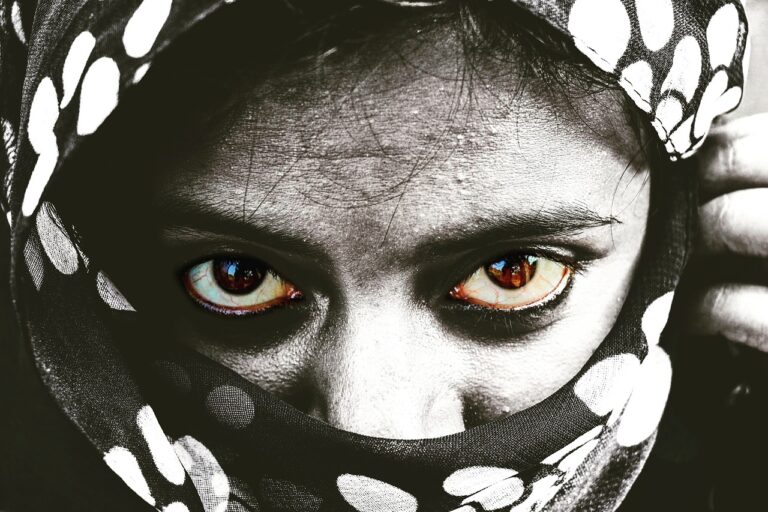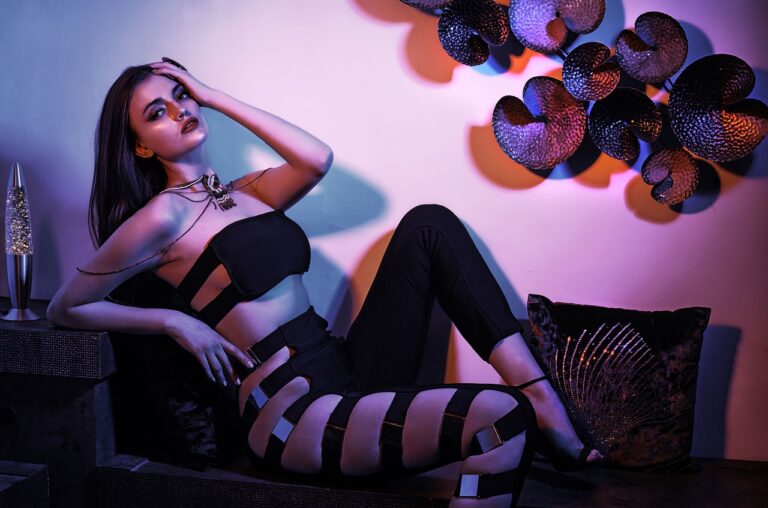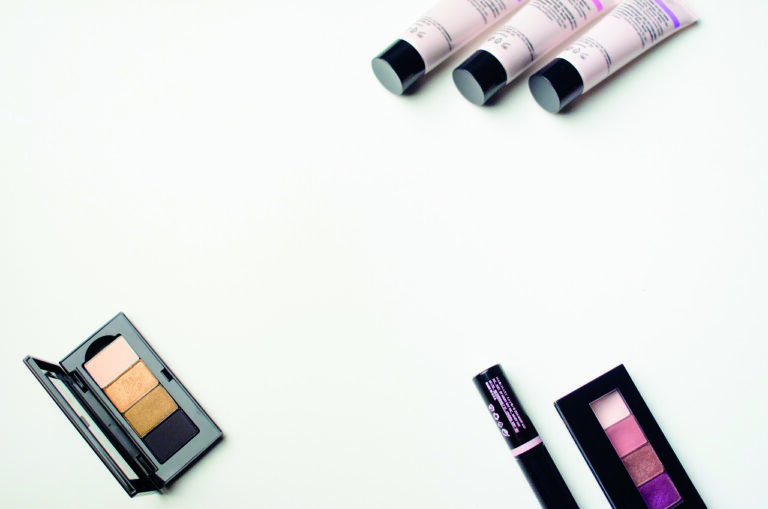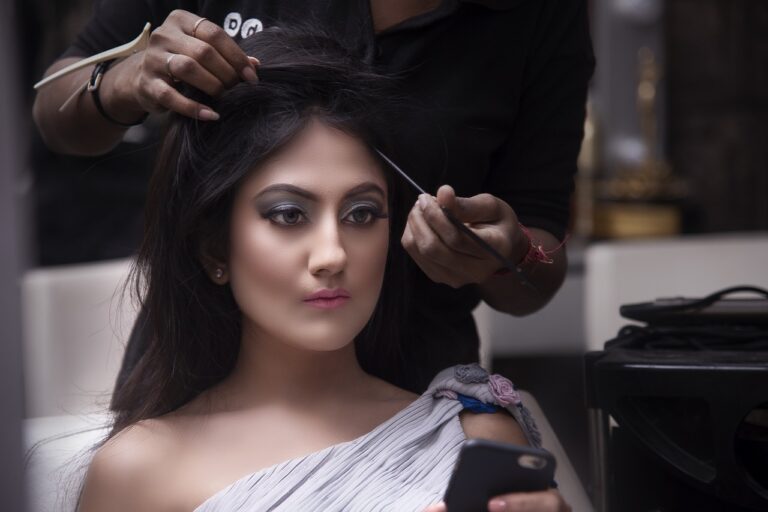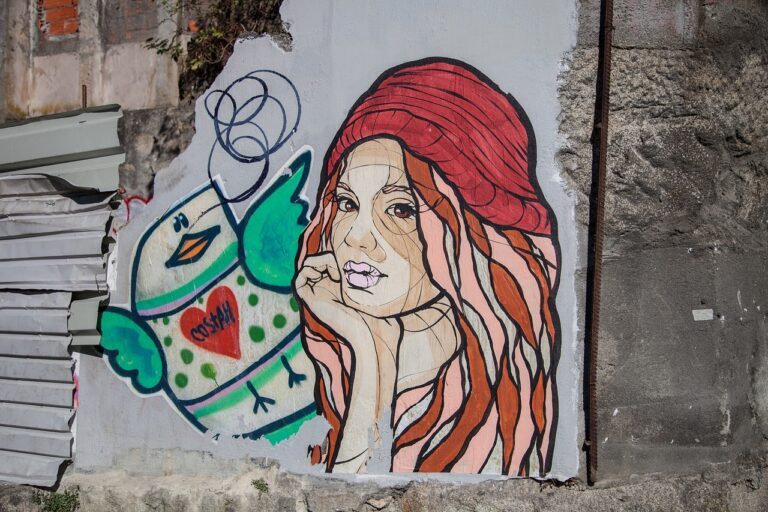Fashion and Technology: Virtual Fashion Try-On Apps
Fashion and technology have always been intertwined as both industries continue to evolve and innovate. With the rise of virtual try-on apps, the intersection of fashion and technology has reached new heights. These virtual fashion try-on apps are transforming the way we shop for clothes and accessories, offering a convenient and immersive experience for consumers. In this article, we will explore the impact of virtual fashion try-on apps on the fashion industry, how they work, their benefits, and what the future holds for this exciting technology.
The Rise of Virtual Fashion Try-On Apps
Virtual fashion try-on apps have gained popularity in recent years as more brands and retailers adopt this technology to enhance the shopping experience for their customers. These apps use augmented reality (AR) and virtual reality (VR) technology to allow users to try on clothing and accessories virtually before making a purchase. By simply using a smartphone or a computer, consumers can see how clothes look on them without having to physically try them on in a fitting room.
How Virtual Fashion Try-On Apps Work
Virtual fashion try-on apps utilize advanced technology to create a virtual fitting room experience for users. These apps typically require users to upload a photo of themselves or use their device’s camera to generate a 3D avatar that replicates their body shape and size. Users can then select clothing items from the app’s catalog and see how they look on their virtual avatar in real-time.
Many virtual fashion try-on apps also offer features such as personalized recommendations based on the user’s style preferences, size recommendations, and the ability to mix and match different clothing items to create complete outfits. Some apps even allow users to share their virtual try-on sessions on social media to get feedback from friends and followers.
Benefits of Virtual Fashion Try-On Apps
Virtual fashion try-on apps offer numerous benefits for both consumers and retailers. For consumers, these apps provide a more convenient and personalized shopping experience, allowing them to try on clothes from the comfort of their own home and avoid the hassle of crowded fitting rooms. Virtual fashion try-on apps also help users make more informed purchasing decisions by visualizing how clothes will look on them before buying.
For retailers, virtual fashion try-on apps can increase sales and reduce returns by providing a more engaging and interactive shopping experience for customers. These apps also allow retailers to collect valuable data on customer preferences and buying behavior, enabling them to personalize their offerings and improve customer satisfaction.
The Future of Virtual Fashion Try-On Apps
As technology continues to advance, virtual fashion try-on apps are expected to become even more sophisticated and widely adopted in the fashion industry. In the future, we can expect to see seamless integration of AR and VR technology into online shopping platforms, making virtual try-on experiences even more realistic and immersive.
Retailers are also likely to leverage virtual fashion try-on apps to enhance their omnichannel shopping experience, allowing customers to seamlessly transition between online and offline shopping channels. With the growing demand for personalized and interactive shopping experiences, virtual fashion try-on apps are positioned to revolutionize the way we shop for clothes and accessories in the digital age.
FAQs
1. How accurate are virtual fashion try-on apps in predicting how clothes will fit?
Virtual fashion try-on apps use advanced technology to create a virtual representation of the user’s body shape and size. While the accuracy of virtual try-on experiences may vary depending on the app and the quality of the technology used, many apps are able to provide a fairly accurate depiction of how clothes will look on the user.
2. Can virtual fashion try-on apps help reduce returns for online retailers?
Yes, virtual fashion try-on apps can help reduce returns for online retailers by allowing customers to visualize how clothes will look on them before making a purchase. By providing a more accurate representation of how clothes fit, virtual try-on apps can help customers make more informed buying decisions, ultimately reducing the likelihood of returns.
3. Are virtual fashion try-on apps only available for clothing items?
While virtual fashion try-on apps are most commonly used for clothing items, some apps also offer virtual try-on experiences for accessories such as jewelry, eyewear, and footwear. These apps allow users to see how different accessories will complement their outfits and make it easier to choose the perfect accessories for any occasion.
4. How secure are virtual fashion try-on apps in protecting user data?
Virtual fashion try-on apps prioritize user privacy and data security by implementing strict security measures to protect user data. These apps typically use encryption and other security protocols to safeguard user information and ensure that personal data is not misused or shared without consent.
5. Can virtual fashion try-on apps be integrated into existing e-commerce platforms?
Yes, virtual fashion try-on apps can be integrated into existing e-commerce platforms to enhance the online shopping experience for customers. Many retailers are already leveraging virtual try-on technology to improve customer engagement and conversion rates on their websites, making it easier for customers to shop for clothes and accessories online.



